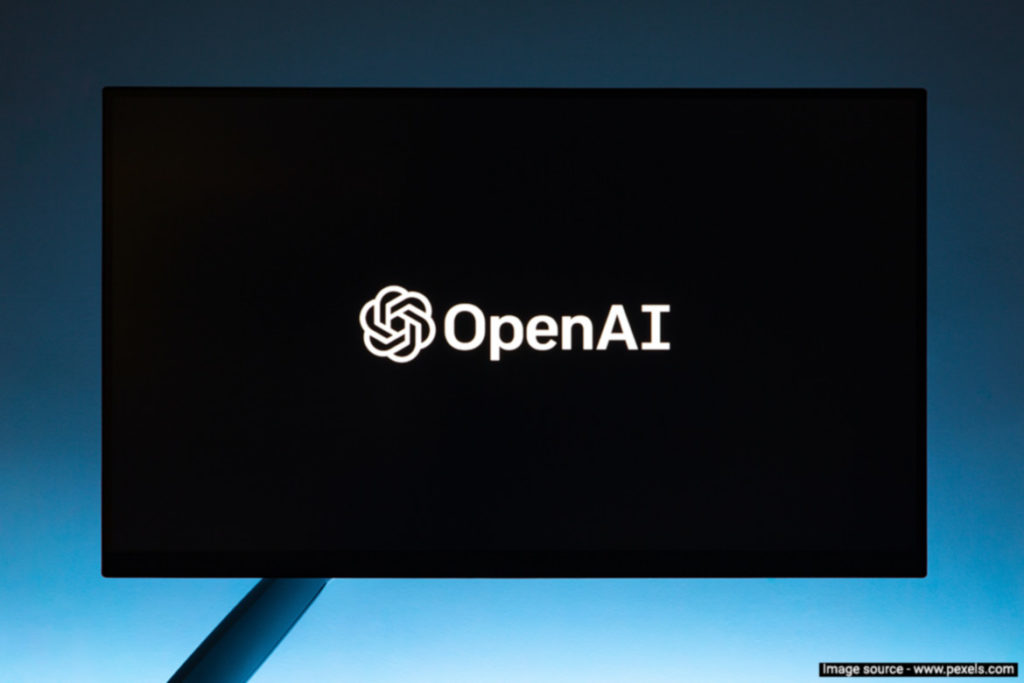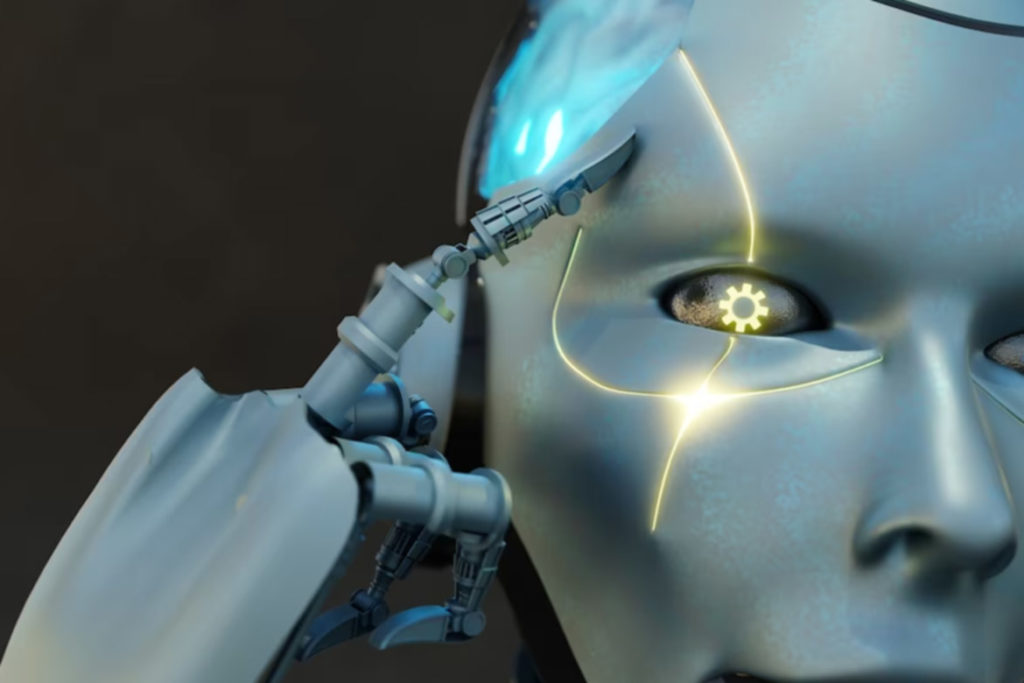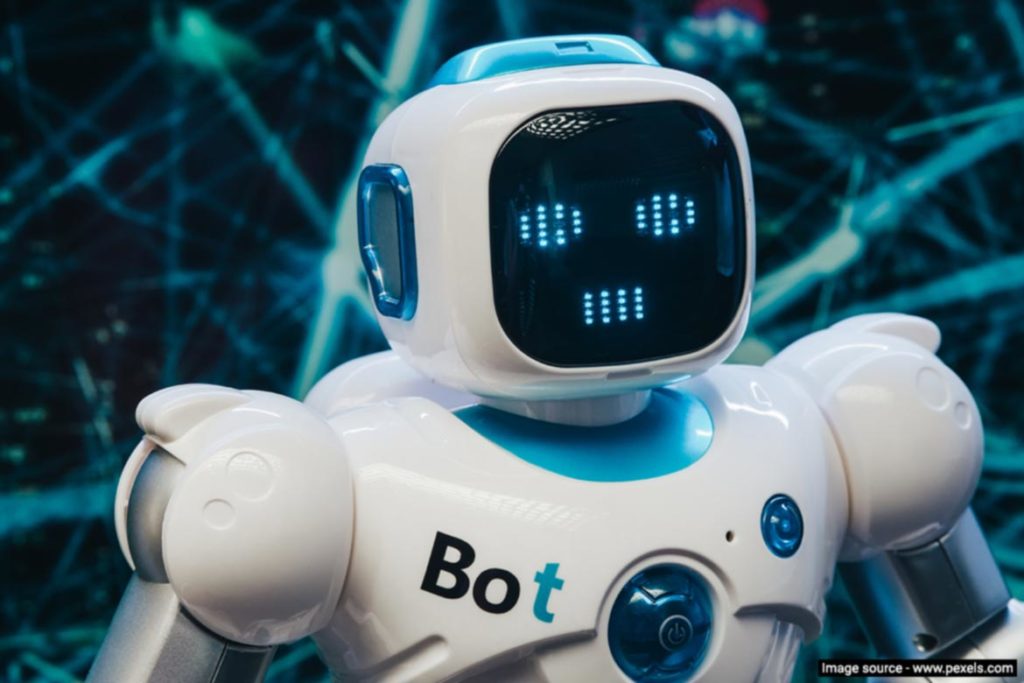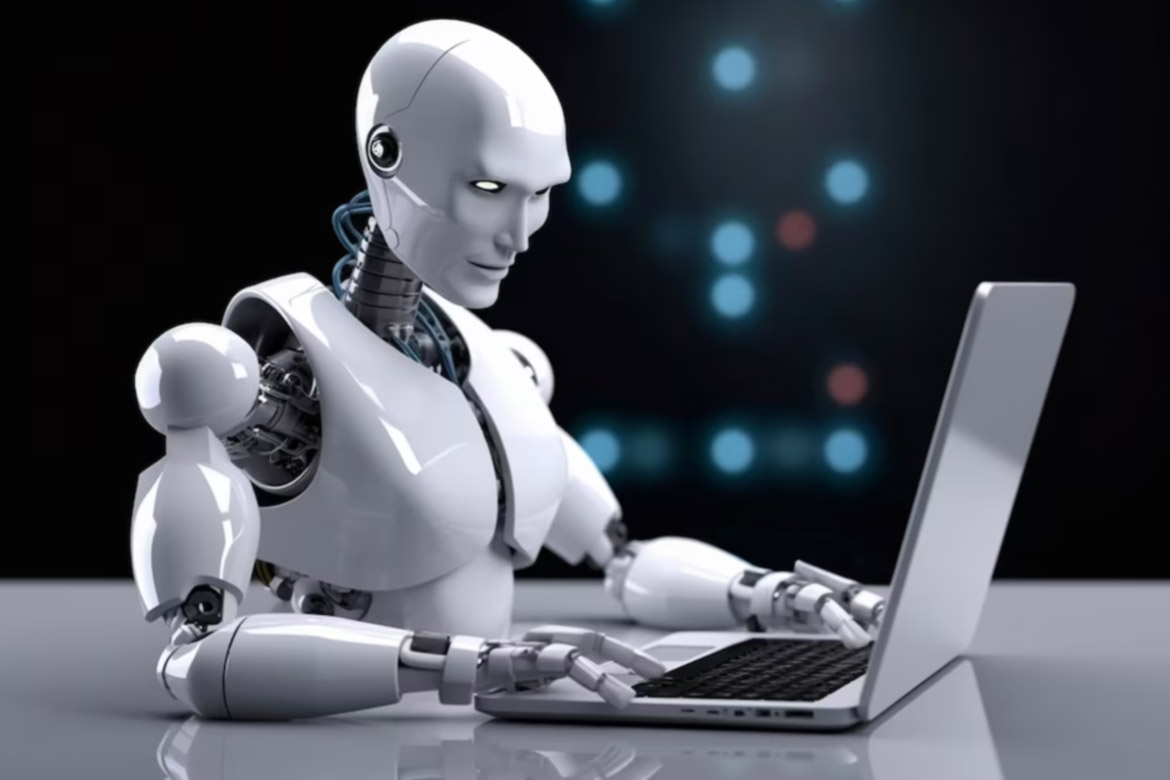Artificial intelligence (AI) is an amazing technology that can help us do many things better and faster. From healthcare to education, from manufacturing to entertainment, AI can make our lives easier and more fun. But AI also has some drawbacks and dangers that we need to be aware of and deal with. Here are eight of the most common and serious risks and dangers of AI and what we can do to prevent them.
- Lack of Transparency
One of the biggest risks of AI is that we don’t always know how it works or why it does what it does. This is especially true for deep learning models that use complex networks of math and data to learn things that are hard for us to understand. When we don’t understand how an AI system makes decisions or gives results, we may not trust it or use it properly. For example, if an AI system rejects your loan application or gives you a wrong diagnosis, how can you question or challenge it? How can you hold it responsible for its actions? To make sure we can trust and use AI systems well, we need to find ways to explain and check their logic and behavior.
- Bias and Discrimination

Also Read: Virtual Motherhood! Meet the Tamagotchi child, the future customizable digital baby
Another risk of AI is that it can be unfair or biased in its outputs and impacts. AI systems can learn or repeat biases that exist in society because of the data they use or the way they are designed. For example, if an AI system uses data that reflects historical or current inequalities or prejudices based on race, gender, age, or other factors, it can make decisions or recommendations that are unfair or harmful to some people or groups. This can affect their access to opportunities and resources and their dignity and rights. To avoid bias and discrimination in AI systems, we need to make sure we use fair algorithms and diverse data sets that represent the people and situations we want to help.
- Privacy Concerns
AI technologies often collect and analyze a lot of personal data, which can raise issues related to data privacy and security. For example, facial recognition systems can recognize you from pictures or videos without your permission or knowledge, which can invade your privacy. Likewise, voice assistants can record and store conversations that may have private or confidential information. Moreover, AI systems can also guess personal things about you from seemingly harmless data, such as your browsing history or social media posts, creating detailed profiles of you that can be used for advertising or manipulation. To protect our privacy, we need to support strong data protection laws and safe data handling practices that respect our consent, choice, and respect.
- Ethical Dilemmas
AI systems can also create ethical dilemmas that challenge our values and morals. For example, how should a self-driving car decide who to save in a crash situation involving multiple people? How should an AI system balance the trade-offs between efficiency and fairness, or between accuracy and privacy? How should an AI system deal with moral uncertainty or ambiguity? These questions require ethical reasoning and judgment that may not be easy to program or standardize in AI systems. Moreover, different cultures, religions, and philosophies may have different views on what is ethical or not. Therefore, we need to involve diverse people and perspectives in the design and governance of AI systems to make sure they align with our values and ethics.
- Security Risks

As AI technologies become more advanced and widespread, the security risks related to their use and misuse also increase. Hackers and bad actors can use the power of AI to create more sophisticated cyberattacks, break security measures, and take advantage of weaknesses in systems. For example, they can use AI to create fake images or videos (called deepfakes) to spread false information or pretend to be someone else. They can also use AI to launch automated phishing attacks or ransomware campaigns that can avoid detection or encryption. Furthermore, they can mess with or damage AI systems by giving them false or harmful data (called adversarial attacks) to make them malfunction or behave unpredictably. To defend against security risks, we need to implement strong cybersecurity measures and protocols for AI systems.
- Socioeconomic Inequality
AI technologies can also create or worsen socioeconomic inequality by changing labor markets, creating digital gaps, and concentrating wealth and power in the hands of a few. For example, AI-powered automation can replace human workers in various tasks and sectors, leading to job losses, skill gaps, and income differences. Moreover, not everyone has equal access to or benefit from AI technologies because of differences in digital skills, infrastructure, or resources. This can create a gap between those who can use AI for their advantage and those who are left behind or left out by it. Additionally, AI technologies can also enable the emergence of monopolies or oligopolies that dominate the market and influence the development and regulation of AI. To address socioeconomic inequality, we need to promote inclusive and fair access to and participation in AI technologies, as well as to ensure their fair distribution and redistribution of benefits and costs.
- Market Volatility

AI technologies can also affect or increase market volatility by affecting the supply and demand of goods and services, as well as the behavior and expectations of consumers and investors. For example, AI systems can optimize production and distribution processes, reducing costs and increasing efficiency. However, this can also create oversupply or undersupply issues, affecting the prices and availability of products. Similarly, AI systems can influence consumer and investor decisions by providing personalized suggestions, predictions, or feedback. However, this can also create herd behavior, bubbles, or crashes, affecting the stability and sustainability of markets. To manage market volatility, we need to monitor and regulate the use and impact of AI technologies on various sectors and industries.
- Weapons Automation
One of the most dangerous risks of AI is the automation of weapons systems that can work without human oversight or intervention. For example, AI systems can enable the development of lethal autonomous weapons (LAWS) that can choose and attack targets without human control. These weapons can pose serious threats to international security and human rights, as they can potentially cause mass casualties, violate humanitarian laws, or escalate conflicts. Moreover, they can also raise ethical and moral concerns about giving life-and-death decisions to machines that may lack human empathy or accountability. To prevent weapons automation, we need to establish international norms and rules that ban or limit the development and deployment of LAWS.
Conclusion:
AI is a double-edged sword that can bring both good and bad to humanity. While we should embrace the opportunities and benefits that AI offers, we should also be aware of the potential dangers and challenges that it brings. By identifying and addressing these risks in a proactive and responsible way, we can make sure that AI serves the common good and respects human dignity.

